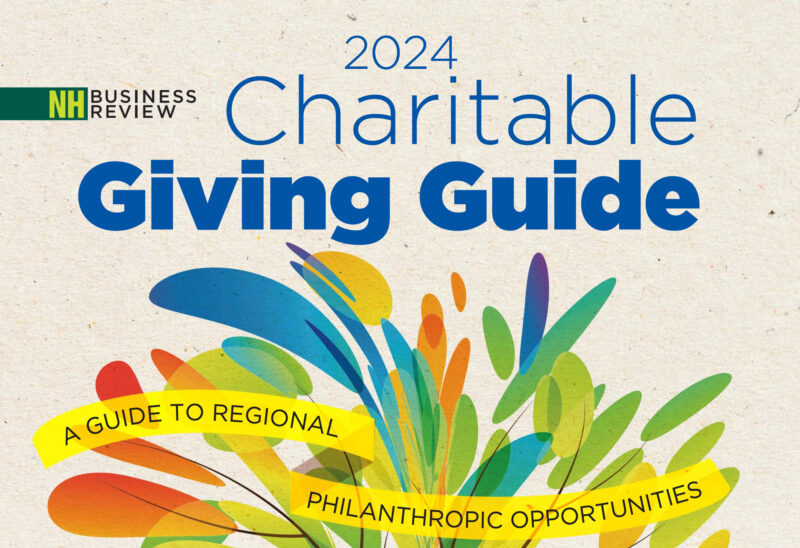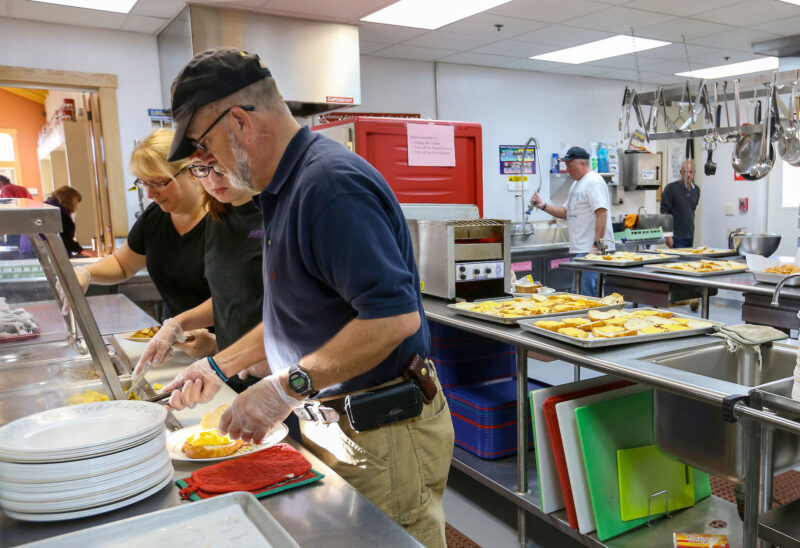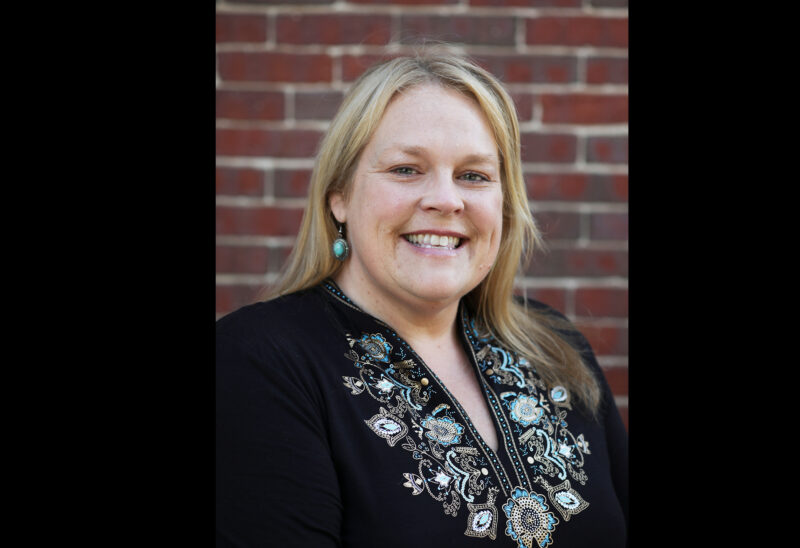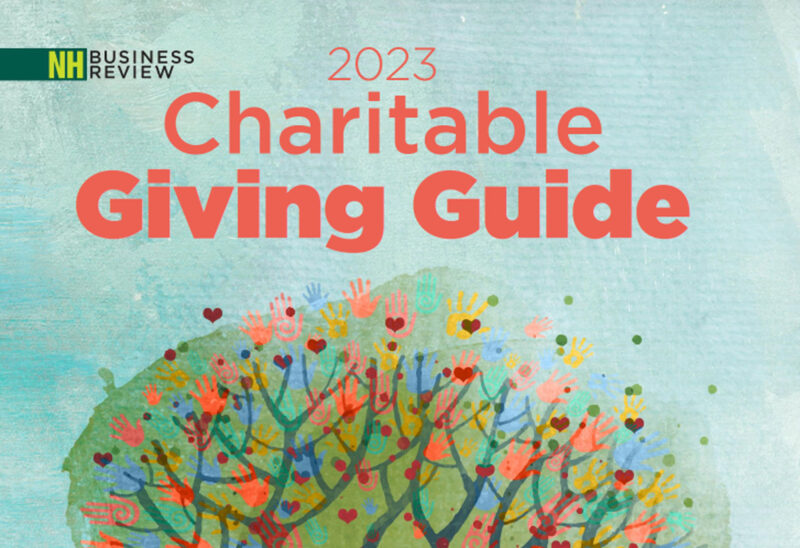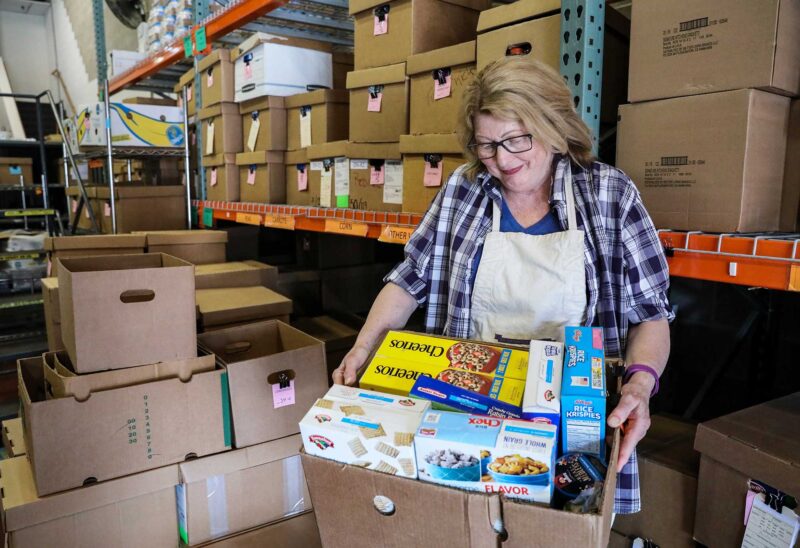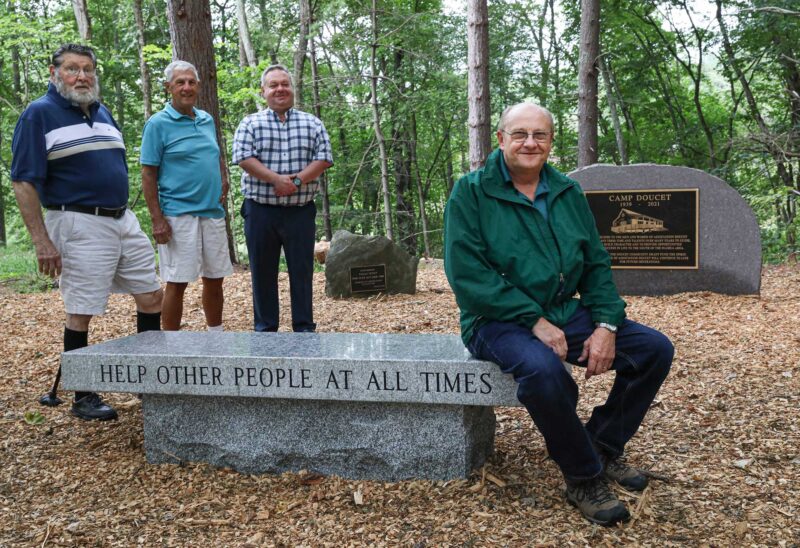Philanthropy can be a wonderful way for families to work together and share interests and values. When philanthropy is learned by doing, the next generation is far more likely to carry on a family’s philanthropic traditions.
Family engagement in philanthropy also offers parents a way to prepare children for future wealth or the transfer of a business. Instead of focusing on numbers, start by teaching your family the value of charitable giving. I work with many families who have done this successfully. Here are a few ideas to consider when introducing the idea of philanthropy to your children or grandchildren:
1. Start the conversation. Begin an ongoing dialogue about the meaning of philanthropy and its importance to your family. With my children, this conversation started when we drove by a homeless shelter. From the back seat, my 7-year-old asked, “Why do we have homeless shelters?” That started a conversation about families in need — and how we can help.
2. Start small. Set up a “three-way” allowance for your children. If the allowance is $15, the child keeps $5, saves $5 and gives $5 away. A child as young as age 6 can understand this concept. Volunteer with your children to clean up a beach or collect food for the local food pantry. Show them the impact of philanthropy: Take them on a hike in a protected forest, turn on public radio, visit a local museum.
3. Include your children in charitable giving decisions. Share the requests for support that you receive from local nonprofits, and use them to encourage discussion. Each year, have your children choose a community need to learn about and make a contribution to help address. For larger families and family businesses, create a giving committee. This is a great way for siblings and cousins to work together as a team and share accountability for the family’s philanthropic goals.
4. Set up a donor advised fund. Many of our donors have set up donor advised funds to involve their children in grantmaking; often naming their children as successor advisors who will carry on the family’s charitable legacy.
GREATER GIVING
If you would like to learn more about engaging the next generation in giving, please email Laura Rauscher or call 603-263-8364.
This story originally appeared in the Foundation’s 2014 Winter/2015 Spring Purpose Newsletter.

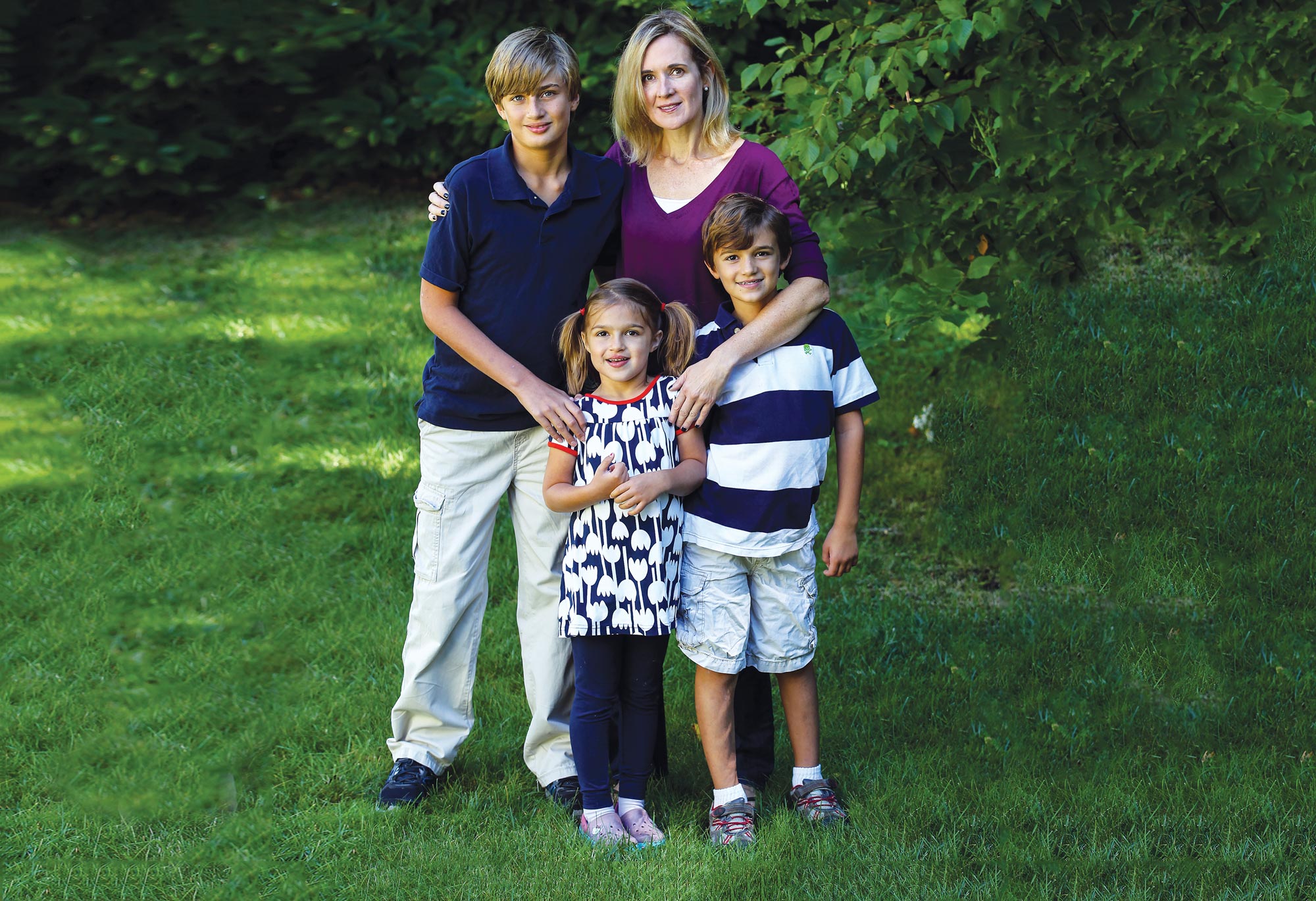






![Oluwakemi Olokunboyo of Dover received a McNabb scholarship to study nursing at Great Bay Community College [Photo by Cheryl Senter]](https://www.nhcf.org/wp-content/uploads/2024/05/Scholarship-Hero-800x548.jpg)
![Indrika Arnold, Senior Wealth Advisor, the Colony Group [Photo by Cheryl Senter]](https://www.nhcf.org/wp-content/uploads/2024/05/Indrika-Arnold-Hero-800x534.jpg)



